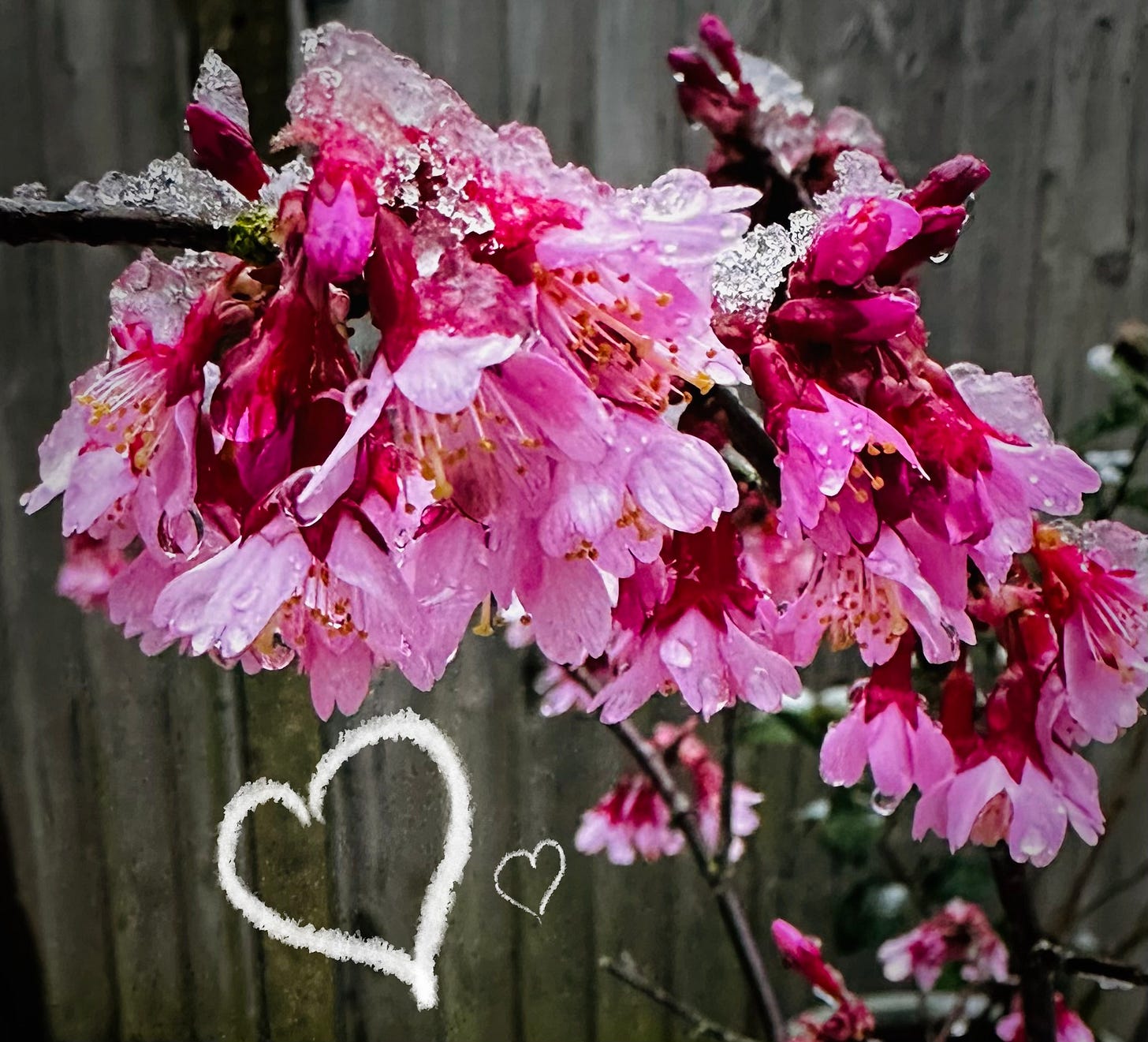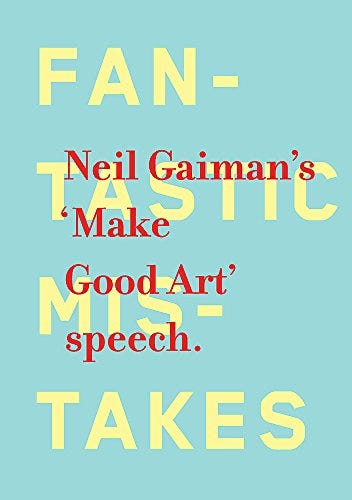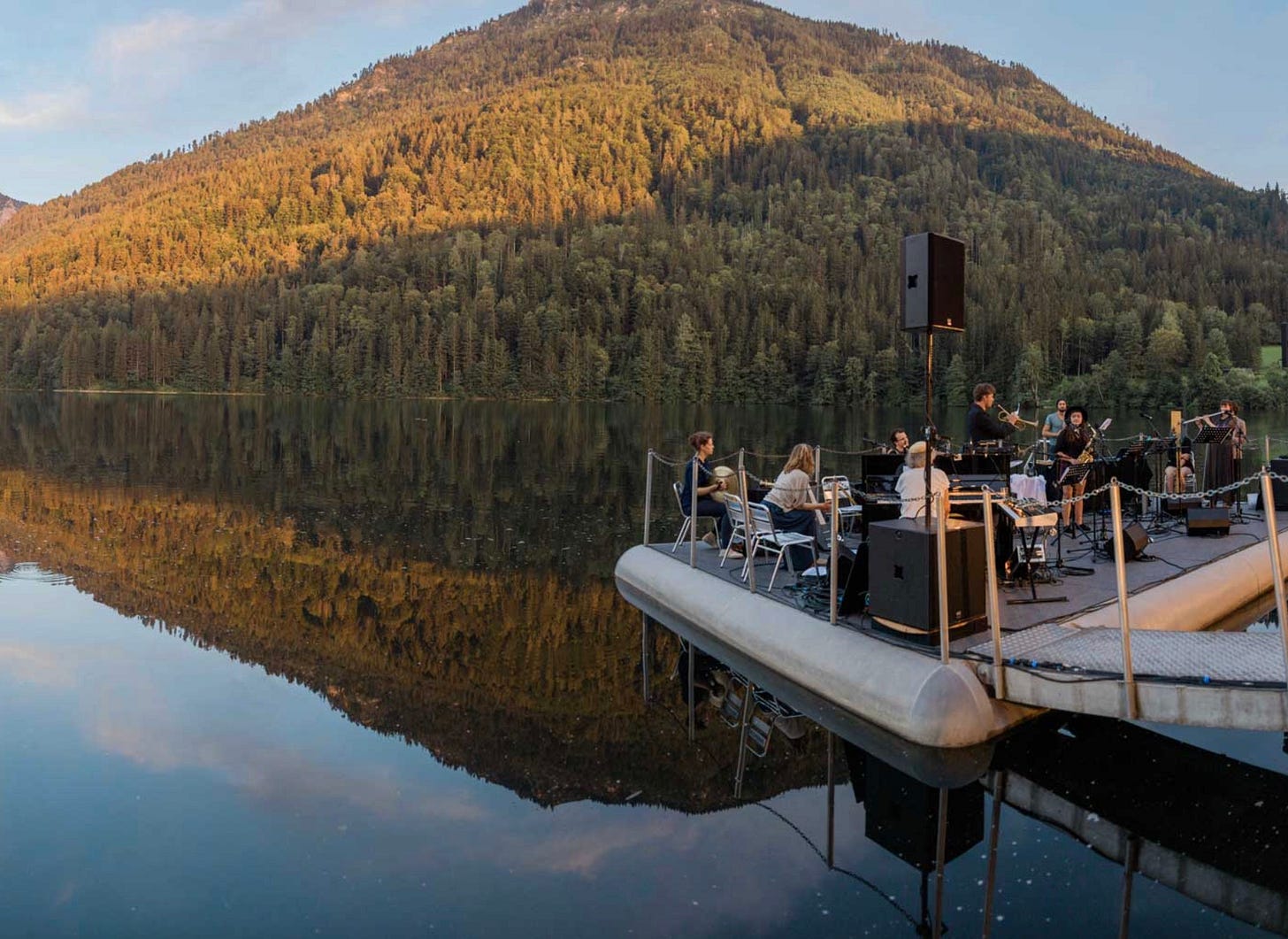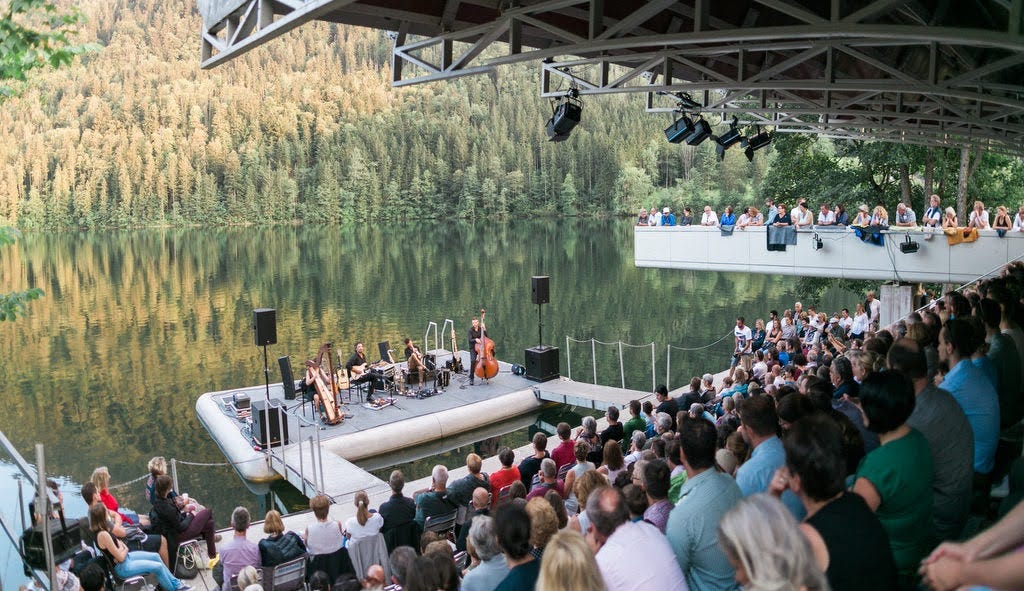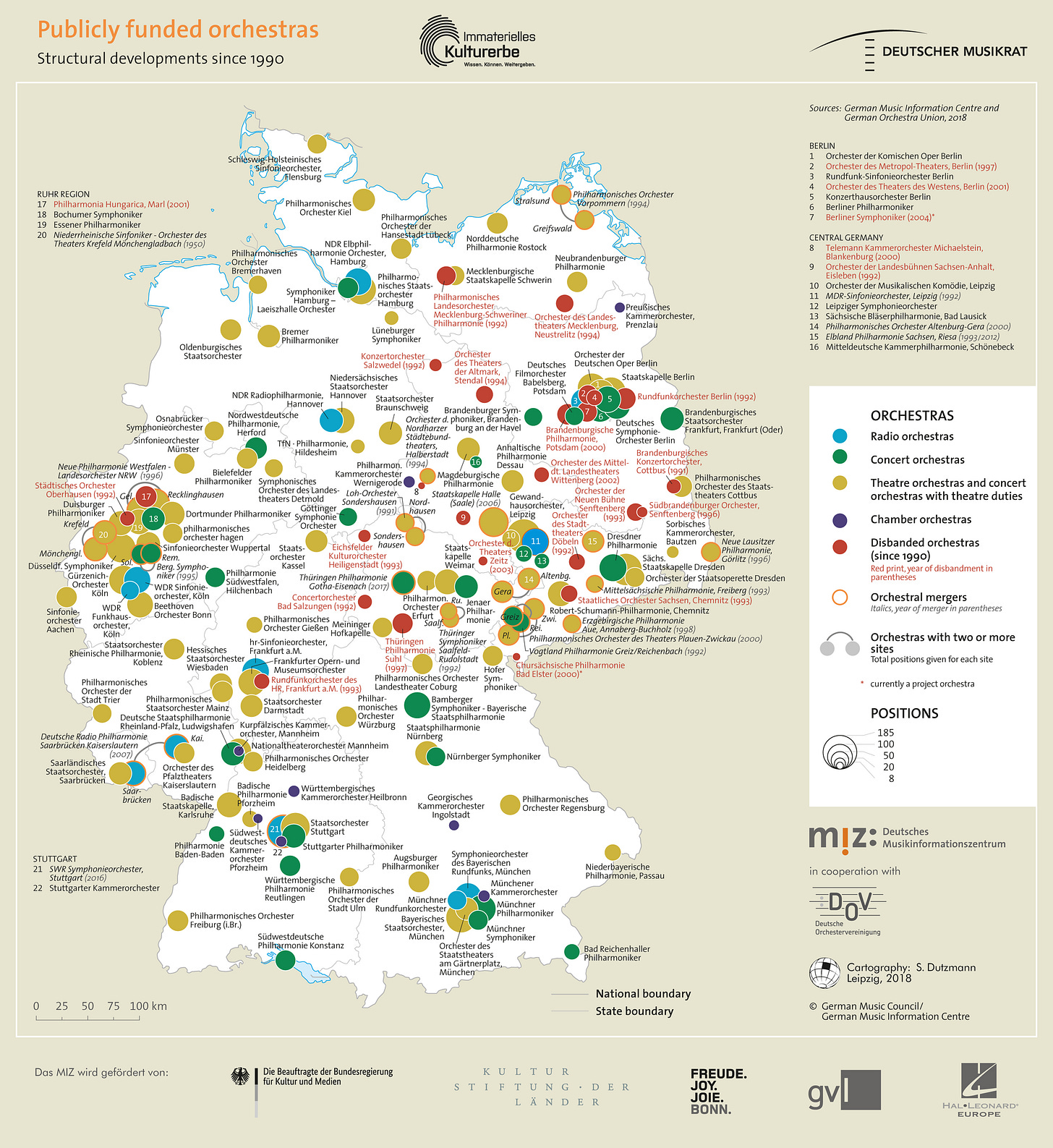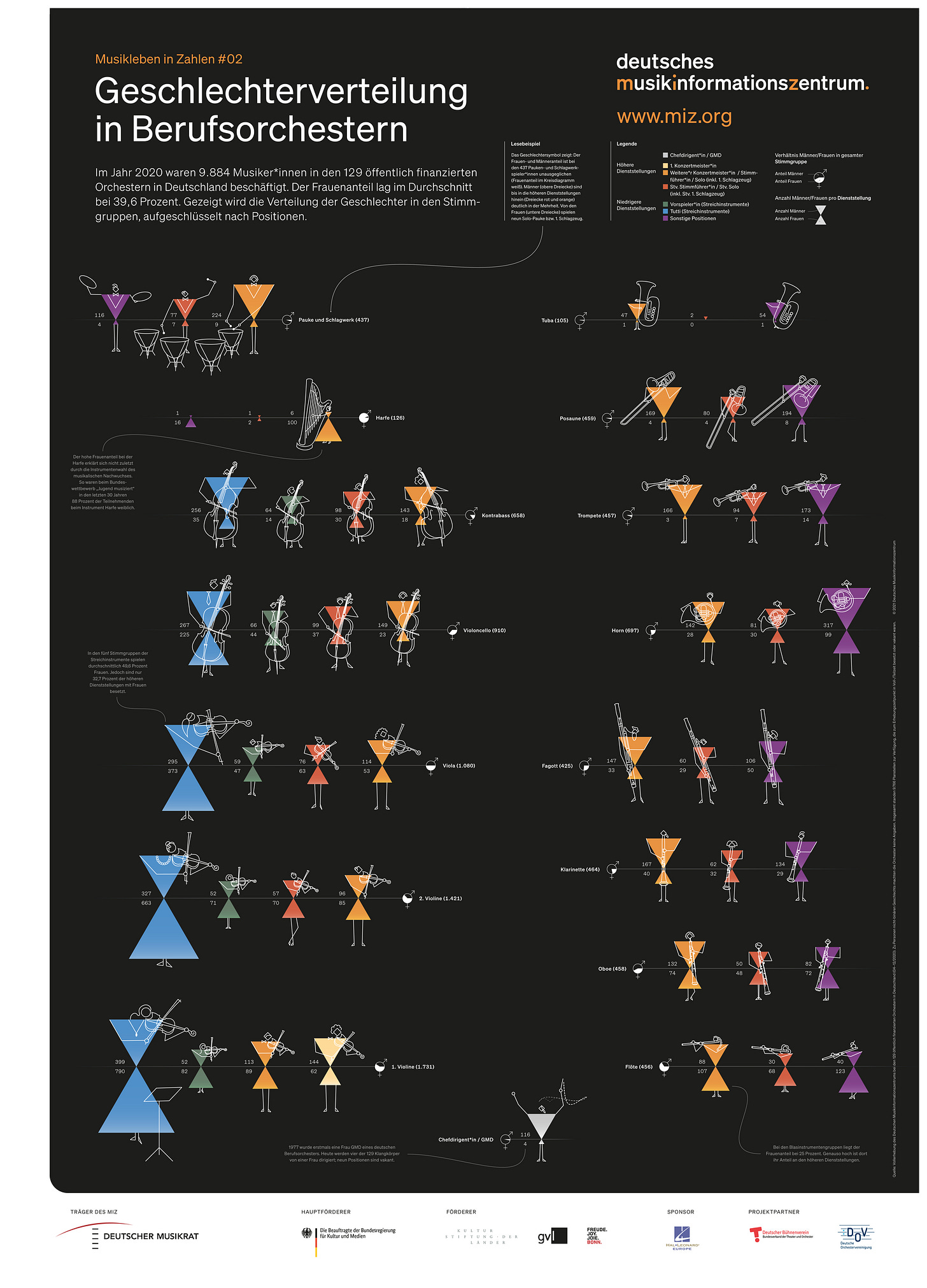I am listening to …
Dobrinka Tabakova’s Frozen River Flows, reminding myself that things are in flux even if we feel we are stagnating (spring seems to have finally arrived, which helps!). This piece is a beautiful meditation, originally composed for oboe and percussion, which I really now need to find, too.
I am reading …
Austin Kleon’s book about creativity together with Neil Gaiman’s Make good Art speech for all freelancers (and everyone else who is starting out, is still going, or changing directions etc) again and as a reminder of how to stay in the flow. You can easily dip in and out of these books and take what you need for the day. It’s like a shot of espresso.
If we’re free from the burden of trying to be completely original, we can stop trying to make something out of nothing, and we can embrace influence instead of running away from it.
The urge starting out is to copy, and that’s not a bad thing. Most of us only find our own voices after we’ve sounded like a lot of other people. The one thing that we have that nobody else have, is you. Your story, your vision.
I am looking at …
some travel options for the summer. These two Austrian water venues are inspirational:
You have probably heard of and seen images of this amazing stage on lake Konstanz for the Bregenzer Festspiele . There have been some spectacular stage designs over the years. I still remember this one for Verdi’s Un Ballo in Maschera
Puccini’s Madame Butterfly will be shown this summer.
Below is the stage on lake Lunz for the Wellenklang festival (sound of waves festival) and many other arts projects. This stage is a multifunctional construction. It is a sun terrace and bathing platform during the day, and transforms into an arts venue at night. Slightly more achievable for the average town on a lake I am guessing, but equally awesome. I especially like that the jumping board turns into the balcony. That’s my spot.
I am thinking about …
the (classical) music Audience. Mainly due to the sluggish return of music audiences since the pandemic, there have been a lot of articles, discussions and chats about our audiences and how better to reach out to established and new ones alike. There has been a noticeable shift towards making more substantial connections and making them count on the ground, but more can always be done.
How we communicate before, during and after a concert is a major key and needs to be carefully considered:
What kind of information do we send out, as this sets the tone? Maybe tell a short story around the programme to generate interest not only amongst seasoned and knowledgable followers, but also to help newcomers to more easily consider the event.
How do we communicate at the venue, what ‘rules’ are we setting and how are we showing up on stage.
How do we send our guests on their way afterwards and how do we keep in touch later.
We can anticipate a lot of questions in advance and add helpful advice to the webpage and add them to the ticket email eg
length of program, length of interval, available drinks and nibbles etc and that food + drink, a book, knitting ;-) are / aren’t allowed in the hall. We can mention a dress code or that there is none (add some photos from other concerts as examples) to help people prep for the occasion. It might also be a good idea to talk about if and when it’s best to take pictures or reels and point out possible photo-ops (to avoid upsetting an influencer)
Highlight what makes your concert special or different from others that loyal fans already know about but newbies might not, eg
Aurora Orchestra like to mingle with the audience for an encore
a baroque ensemble with period instruments will tune again … and again ...
unusual starting times so nobody turns up at 7.30pm for a 7pm concert, (and don’t forget to point out how that hour long performance will work as a perfect Aperitif between work and dinner)
Manage expectations, anticipate questions and set the scene in a welcoming way, just like you would when planning a family gathering or a party for friends.
And read more about what can be done by following arts marketing expert Ruth Hartt on linkedIn or check out her website cultureforhire . Have a look at Priya Parker’s book The Art of Gathering and her website for inspiration. The Audience Agency has some great resources and data. There are also some interesting approaches, insights and ideas being discussed in The (fr)agile Orchestra Empowerment Strategies for Orchestras.
We want to entertain, amaze, move and occasionally unsettle, we always want the audience to feel welcome, and we want to give them a reason to come back. So, make it personal.
and I like …
the infographics available on the German Music Information Centre website. Here are a couple of examples:
Gender distribution in publicly funded orchestras:
Thanks so much for reading, see you in May
Kirsten
PS There is a lot of reading, listening, research and travel involved in my line of work; I stumble across many interesting things and ideas I can't just leave behind so I decided to write about them and share with you.




